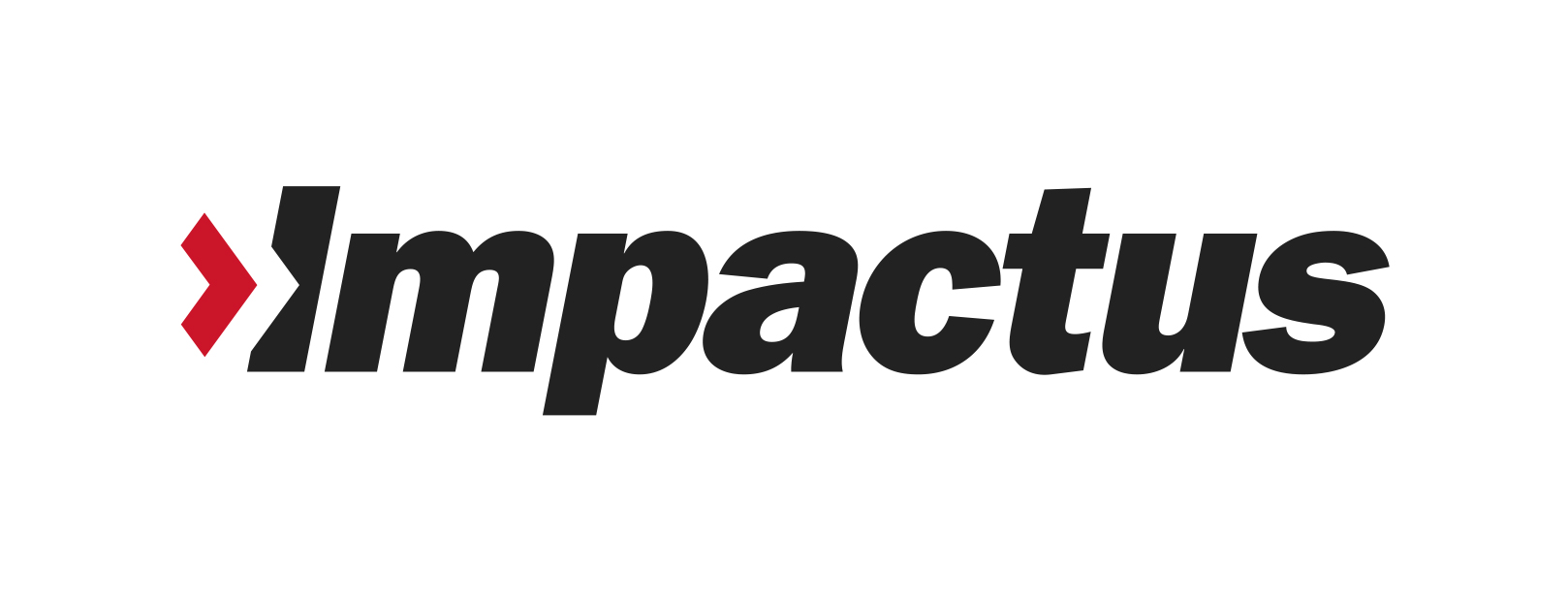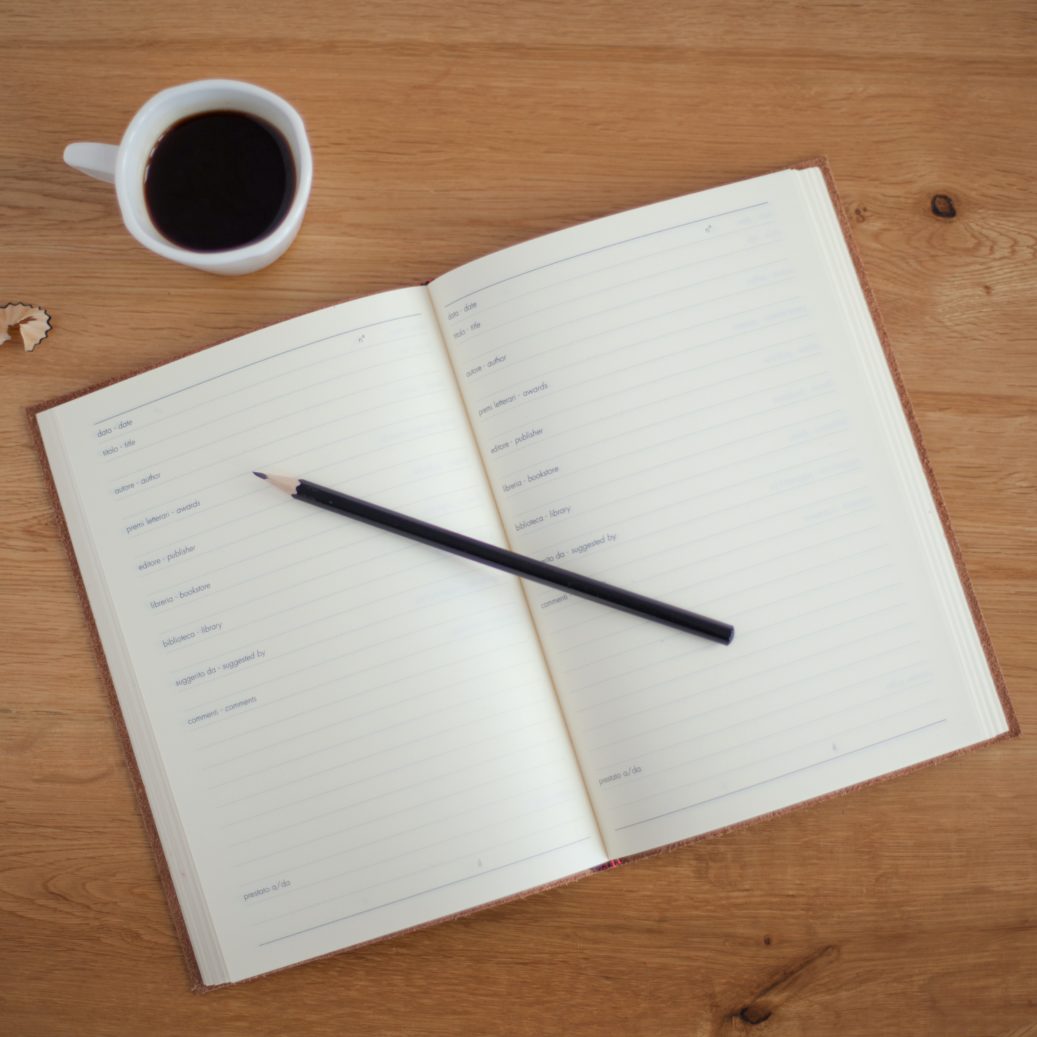A little planning bodes well for a healthy financial future
With so many financial options to consider today, couples in their 20s and 30s need to weigh the pros and cons before making big decisions. Wrong decisions about money can have a big impact on long-term goals like having children, affording a home and saving for retirement. It’s not that these decisions are overly complicated—it’s more about creating some good habits early in life, like their parents and grandparents may have done, and then sticking to the game plan so shared goals can be reached.
Financial planning advice for young married couples is very much like the game plan for a single person at the same age. Here are a few things that people in their 20s and 30s should consider:
Budgeting wisely
Sticking to a budget helps people jump off the paycheque to paycheque treadmill—allowing them to save some money each month. Once the fixed monthly expenses are determined, pay special attention to the daily flexible expenses. You may even want to put a pre-determined amount of cash in labeled envelopes for your unique flexible expenses like: dining out, entertainment, clothing, personal care, household items, auto maintenance, auto gas etc. Be sure to check how much you have left in each envelope mid-month to help you determine what you can and can’t spend for the rest of the month.
Tackling debt
It’s critical to eliminate non-tax deductible debt as quickly as possible. Debts on credit cards, student loans or lines of credit should be at the top of the list for people in their 20s and 30s, and could be considered a priority even before purchasing a home. Tackle debts with the highest finance charges first and consider consolidating large sums on credit cards into a lower-interest loan that is to be eliminated as quickly as possible.
Buying a home and saving for retirement
Young people who are proactive about saving for retirement can continue on that track while also saving for a home—both can be done at once and here are a few things to consider. If you qualify, the Home Buyers’ Plan can be a possible source of cash for financing your down payment.
If you are saving to buy your first home, consider using your RRSPs. Again, if you qualify you can generally withdraw up to $25,000 as a loan from your RRSP to buy or build a home without counting the withdrawal as income for tax purposes. The loan must be repaid without interest over 15 years, starting in the second year following the year of withdrawal. Contributing to an RRSP early can provide an immediate tax benefit and help with the purchase of a home in the future.
Once the house is purchased, people tend to focus on paying the mortgage down. However, a balanced approach could involve investing extra money above and beyond the scheduled mortgage payments in an RRSP or in a TFSA (tax free savings account). Getting money into a savings plan early in life can yield big savings over the course of the next 30 to 40 years. To balance home buying and retirement planning in a way that’s right for you, consider consulting a financial advisor.
The very same things that promote financial fitness have a lot in common with the things that promote a healthy relationship. A couple’s financial development must involve open conversations surrounding income, debt, future plans, having children and building a life together.
In Hebrews 13:5 we are reminded to, “Keep your lives free from the love of money and be content with what you have, because God has said, never will I leave you; never will I forsake you.” The secret to real happiness is not tied to possessions. True happiness is birthed in thankfulness, contentment and the ability to recognize all of the blessings that God has provided.
About


